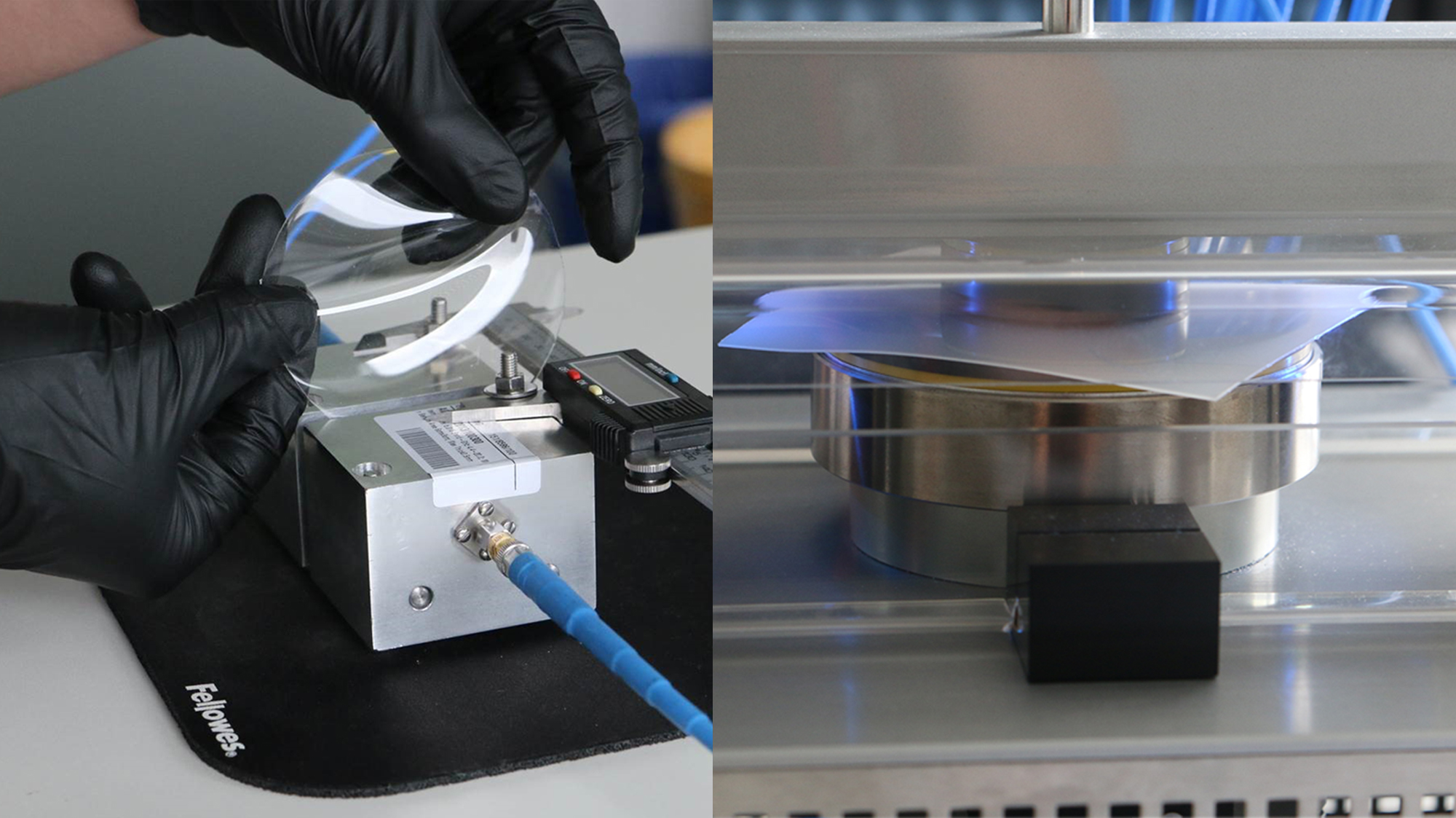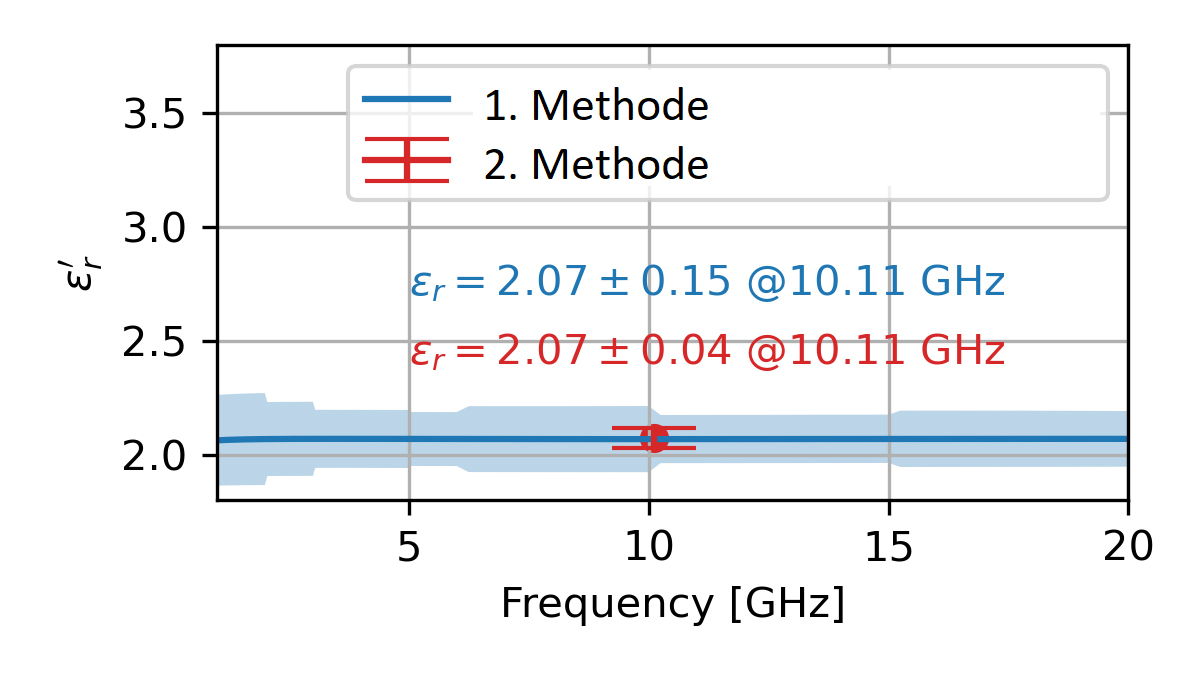"Intelligent Skin" for more precise communication in robotics and other fields


Flexible and stretchable metasurface antennas can scan the environment much more effectively than conventional antennas. Fraunhofer FHR is researching this future technology, which aims to optimize communication and interaction, for example, in robotics.
In the Flexible IntelligenT NEar-field Sensing Skins (FITNESS) project, Fraunhofer FHR, together with other European research institutions, is working on metasurface antennas. These comprise flat antennas integrated into films or thin plates that exhibit specific desired properties through certain patterns. The idea is to use these flat metasurface antennas as an alternative to conventional array antennas. In conventional array antennas, the antenna elements and their electronics are closely packed. The result: high costs, a lot of waste heat, and high susceptibility to errors. Metasurface antennas, on the other hand, could be constructed with much less electronics - without losing the properties of the conventional construction method. Similarly, metasurface antennas might be bent or even stretched due to their flat structure. Research is being conducted on how deformations affect the properties in the near and far fields. Subsequently, a kind of self-calibrating metasurface antenna will be designed, which autonomously recognizes its shaping by analyzing the coupling of radiators in the near field and optimizes the excitation accordingly.
One possible application field is robotics: Industrial robots with conventional antennas on cylindrical or conical structural components often cannot perceive their environment optimally. With metasurface antennas, robots could communicate better with their base station and the people in their environment in the far field and scan the environment better in the near field. In medical technology, metasurface antennas could contribute as "intelligent skin" to devices better perceiving gestures and interacting more strongly with people. The technology could also be used in firefighting protective equipment and similar areas.
At Fraunhofer FHR, in the first year of the 4-year project, work began on developing measurement technology for substrate properties. The focus was on ensuring a sufficiently high quality of measurements. In two measurement methods, researchers investigated the accuracy of their measurements. Tests yielded promising results: The measurement technology developed by Fraunhofer FHR makes it possible to measure with very high accuracy in the X-band. However, the measurements showed that materials that are regularly used as antenna substrates do not achieve optimum performance in these frequency ranges. Based on the results obtained by Fraunhofer FHR, new substrates are now being developed by the project partner Hamburg University of Technology (TUHH): At the Institute of Applied Polymer Physics (IAPP), new materials are being synthesized that are stretchable, have good RF properties and are potentially suitable for high frequencies. These newly developed materials will then be tested by Fraunhofer FHR. Based on the initial results, the measurement setup is also currently being optimized, e.g., extended for other frequency bands, and the software for the final setup is being developed. In parallel, Fraunhofer FHR is working on the development of antenna structures for the "Intelligent Skin".
